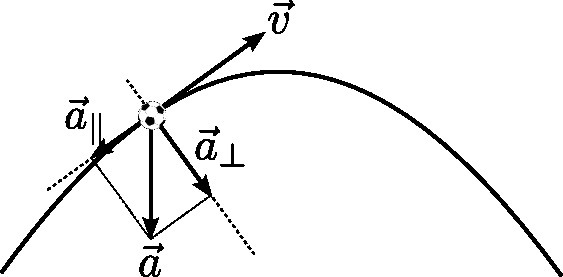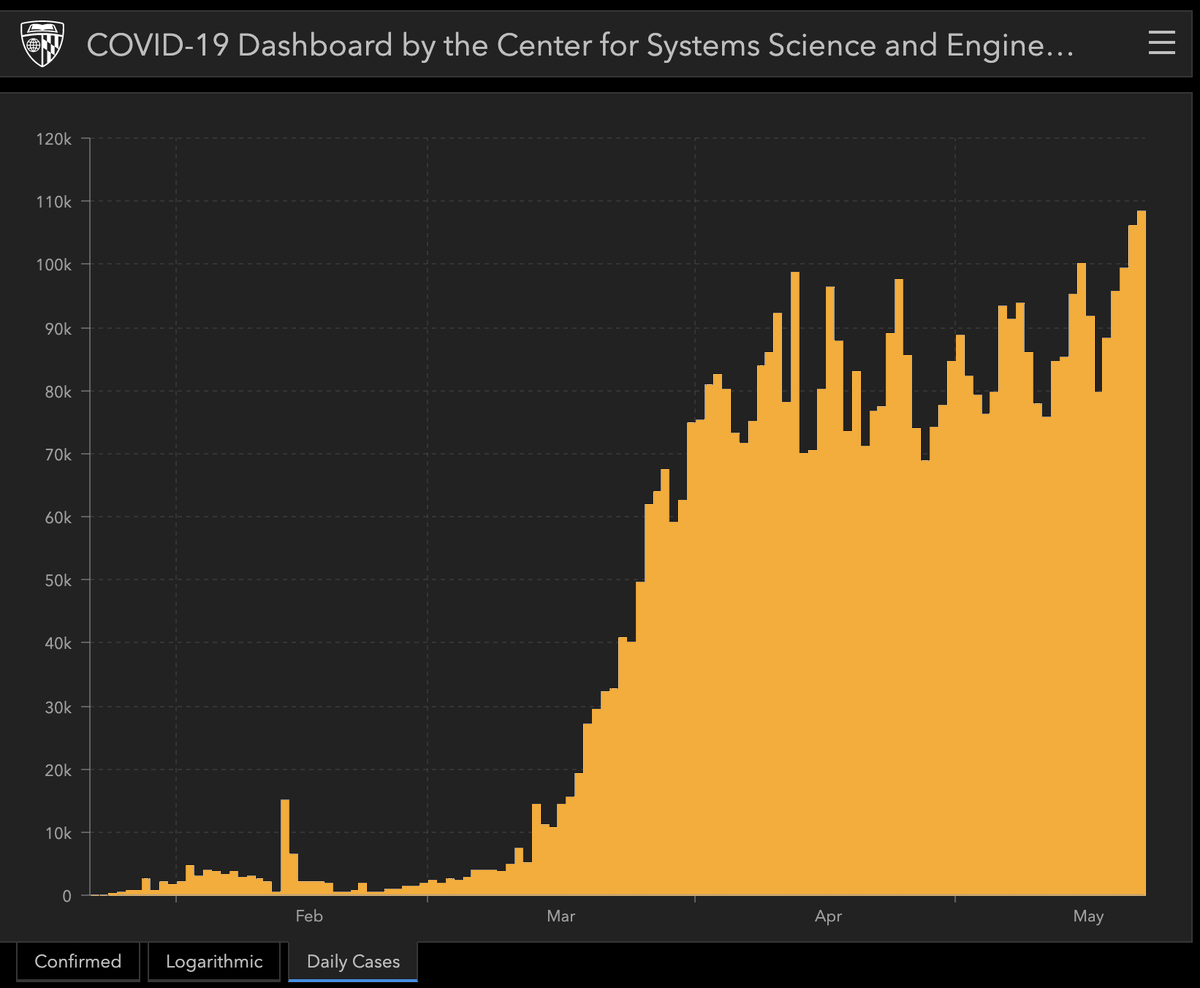Analogy: COVID-19 was a sudden, sharp, unexpected force. As in physics, it didn& #39;t just change the speed at which things were going, it changed their direction.
Sharing economy? Done.
In-person events? Down.
Remote? Way up.
It& #39;s this directional shift that was most disorienting.
Sharing economy? Done.
In-person events? Down.
Remote? Way up.
It& #39;s this directional shift that was most disorienting.
However, while COVID-19 persists as a force, it feels like the *directional* change is slowing down. We& #39;re now in the trench warfare phase of the pandemic.
Even if there is a significant 2nd wave, or >10X as many cases worldwide, or more lockdowns, it& #39;s no longer as unexpected.
Even if there is a significant 2nd wave, or >10X as many cases worldwide, or more lockdowns, it& #39;s no longer as unexpected.
It& #39;s like the difference between 9/11 versus 7/7.
9/11 was shocking and strategically unexpected. Totally new threat, changed the direction of the West.
7/7 was shocking yet only *tactically* unexpected. People knew terrorist attacks might happen, just not when & where.
9/11 was shocking and strategically unexpected. Totally new threat, changed the direction of the West.
7/7 was shocking yet only *tactically* unexpected. People knew terrorist attacks might happen, just not when & where.
So over the last few months everyone has acquired a new vocabulary: R0, lockdown, PCR, antibody, quarantine, social distancing, contact tracing, etc.
More waves or lockdowns may well happen, but they& #39;re no longer as unprecedented. Direction is changing less.
For now, at least.
More waves or lockdowns may well happen, but they& #39;re no longer as unprecedented. Direction is changing less.
For now, at least.

 Read on Twitter
Read on Twitter



